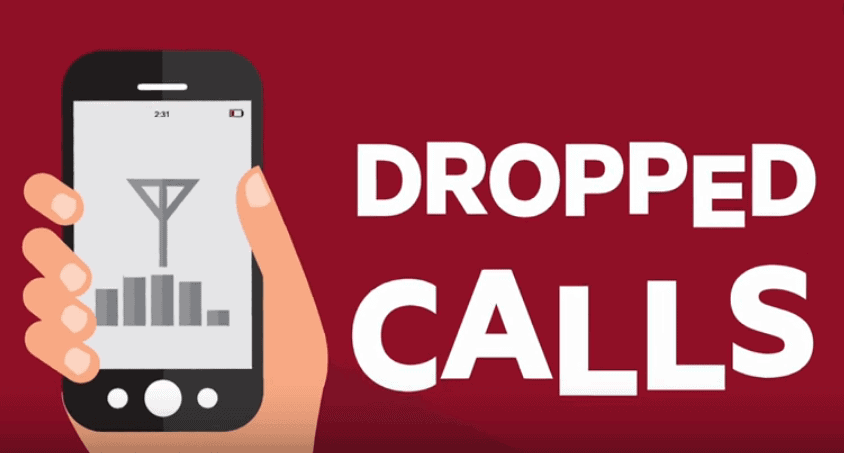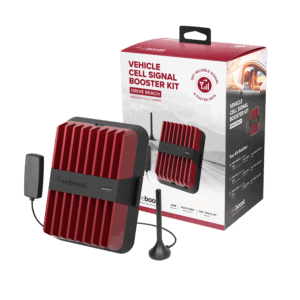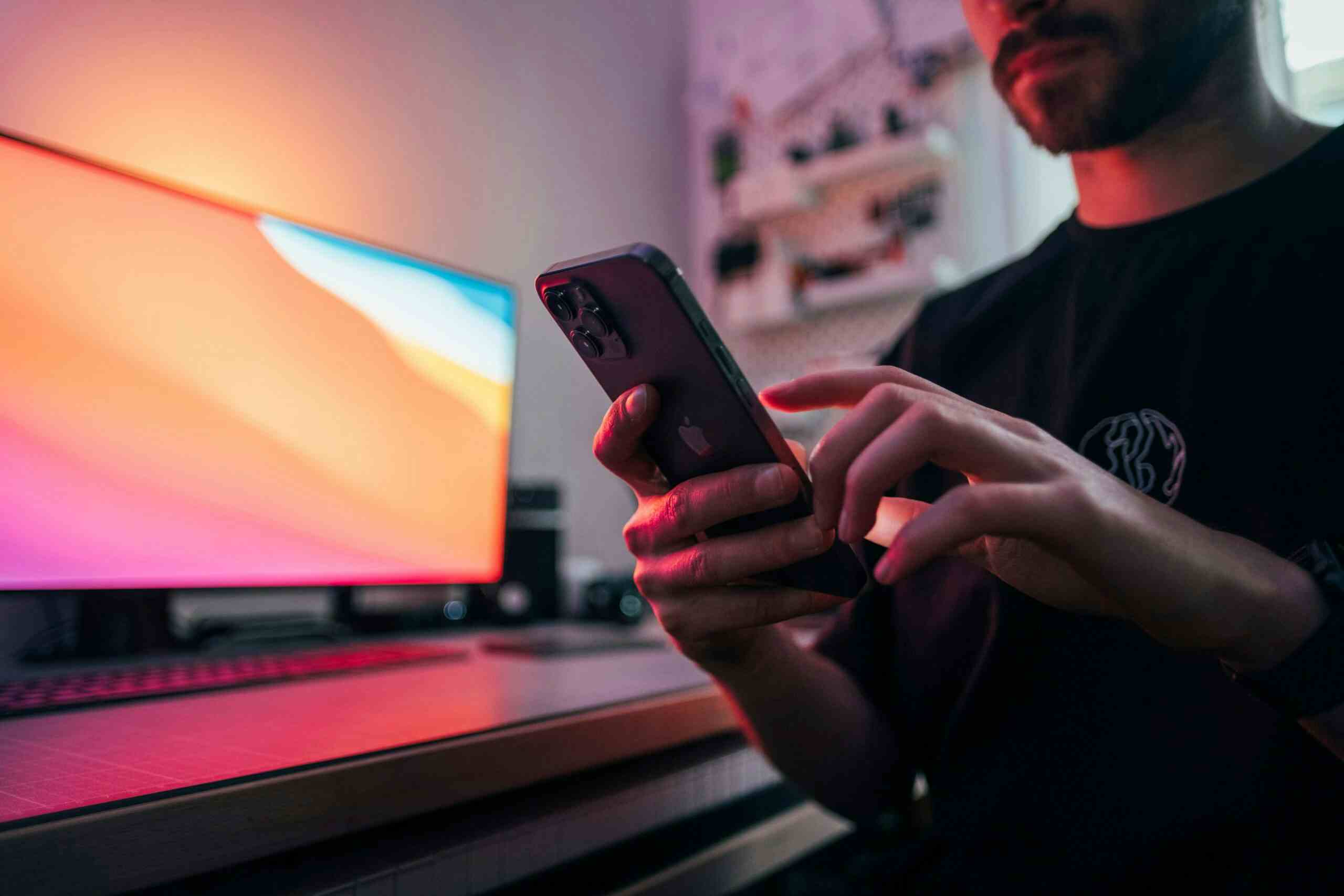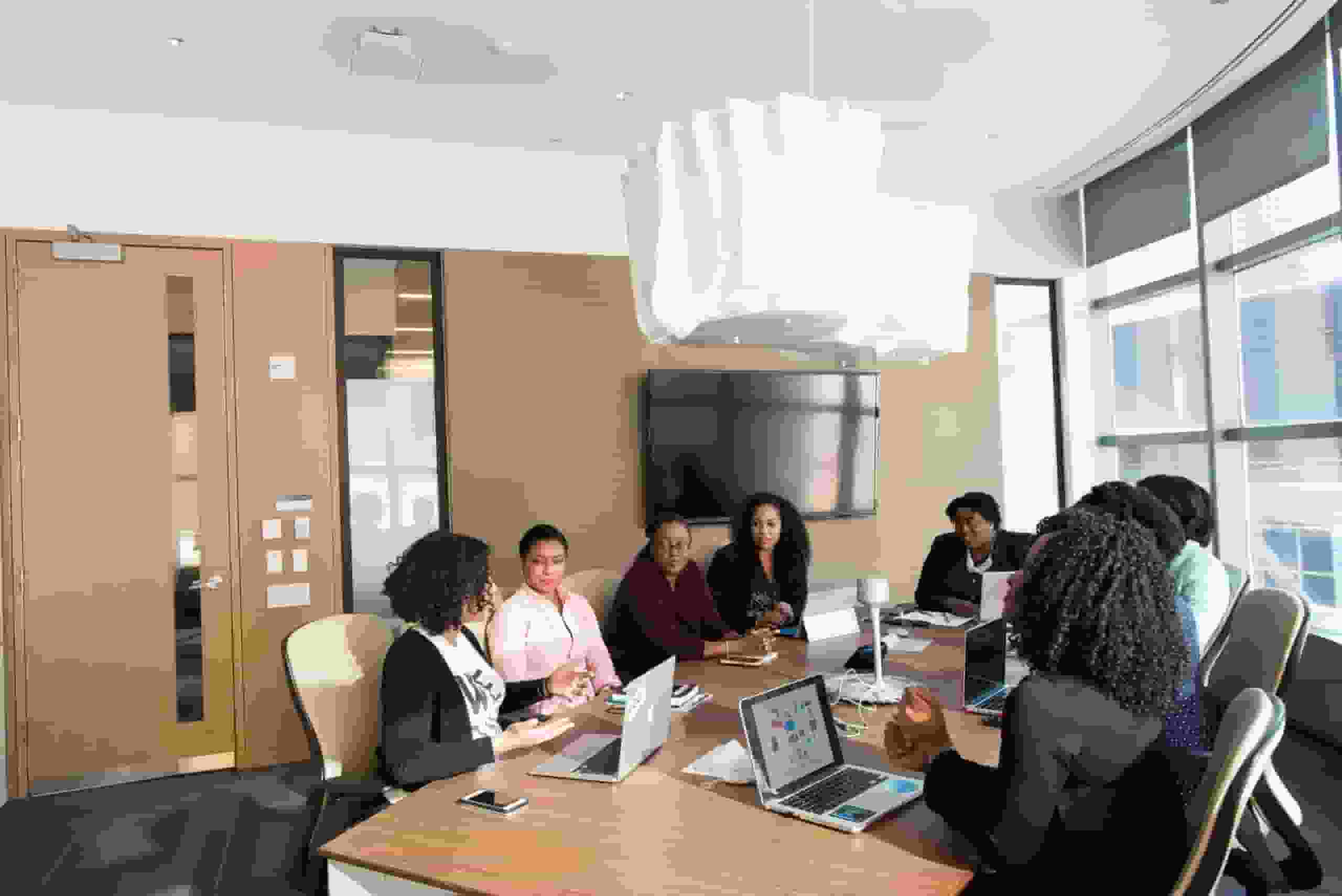Why Your Phone Keeps Dropping Calls and How to Fix It
Posted on 6/24/2022 by Nicholas Jones
You rely heavily on your smartphone, and access to cellular devices is pretty much ubiquitous these days. All this technology makes it pretty frustrating when your phone keeps dropping calls. Why is strong cell coverage still so hard to come by sometimes?
Most likely, you know what it’s like to be on a call when the connection drops out. Or maybe you’re using your phone’s map to find an unfamiliar address, and it suddenly quits working because there’s no signal. Now, what do you do? Drive around in hopes of picking up the signal again?
Read on to learn what causes your phone to keep dropping calls and how to fix the problem.

What is a dropped call?
A dropped call happens when your phone gets disconnected somehow from the cellular network. Usually, this happens because of poor cell signal wherever you are, and the lack of connectivity can’t support your call.
Why does my phone keep dropping calls?
Whether you have an iPhone or Android phone, we all love to blame our cell service providers for poor coverage and dropped calls. But the truth is, most of the time it’s not their fault.
More often, the culprit is something between us and the cell tower that blocks the signal, or your distance from the cell tower. The signal-blocking obstacles can be man-made or natural, but the result is the same.
Distance from the nearest cell tower
This is almost always the first thing we focus on when calls keep dropping. After all, since cellular signals are radio frequency waves, they behave like any other RF signal. Think about the FM radio in a car. If the receiver (in this case your cell phone or tablet) is too far away from the signal source – for our purposes, a cell tower – then the signal will be weak or maybe undetectable. You’ll probably get static or a dropped signal altogether.
Natural obstacles
Local terrain like hills, mountains, ridges, bluffs, and similar terrain will block cell signals. Any situation in which there is higher ground between your phone and the cell tower can cause signal issues.
Vegetation like trees, shrubbery, or other types of foliage can refract RF signals and interfere with your cell reception. Ask anyone who lives in a heavily wooded area how their cellular reception is. They’ll tell you – trees are wonderful things, but they do NOT enhance cell signal.
Atmospheric conditions like poor weather can also interfere with your signal. Even dust particles in the air can reflect and refract RF signals. A foggy day? Water vapor can diffuse RF signals.
Man-made obstructions
If your cell phone drops a call in your house, the building itself could be blocking your cell reception. RF waves don’t easily penetrate the brick, metal siding, concrete, steel, coated glass and other materials that form the exterior of most modern buildings.
In urban areas, even when you’re outdoors, large buildings and other structures can deflect or distort RF waves and mess up your cell reception.
Most of us have experienced a disconnected call while inside a vehicle, and then noticed an improvement in voice quality or data speed once we step outside. Those metal-and-glass encased vehicles we drive do an excellent job of blocking cell phone signals. Research shows that, on average, cell signal strength drops by about 30 percent inside a vehicle.
When these elements stack up against you and your phone keeps dropping calls, slowing texts, or buffering data, what can you do? Here are some simple tips and tricks to help you find a solid cell connection.
How do you stop iPhones from dropping calls?
In addition to the general causes listed above, there are several reasons that your iPhone might drop calls.
1) You may have a damaged SIM card. If it’s been damaged for any reason (often a dropped phone, or a poorly inserted card) then you could drop calls on your iPhone. If your SIM card is bent, chipped, broken, or not properly inserted, your phone could keep dropping calls. Here are some things to try:
- Take out the SIM card carefully. Check to see if it appears at all damaged. If it looks fine, then make sure that the notched corners line up in the right places to insert it and push it back in. Since the cards can only be inserted one way, you’ll know immediately if you’re putting it in correctly.
- Once the SIM card is back in the phone, get someone to call you and see if the call is dropped.
- On the other hand, if the card looks damaged at all, you can be pretty certain that’s the problem. If that happens, go to an Apple store, or to the store where you bought your phone. If your phone is under warranty, a new SIM card should be free; otherwise, you’ll have to pay for a new one.
2) This may sound simple but try restarting your phone. Power the phone off and wait for a few seconds, then turn it back on. See if that fixes the problems of dropped calls.
- Something you may not think of is to check if you’re on Airplane Mode. Even if it shows you’re not, try switching it on and off again–maybe a few times. This can help get calls working again.
- Turn your phone off when you go to bed. Most people rarely turn their phones off at all, just recharging them when the power gets low. But a phone that never turns off could have a full cache memory. By turning it off, it will force some things to close and free up some space. After a few nights of this, your phone may be working much better.
3) Close background apps. So many of us switch from app to app that we forget what’s running on the phone, and soon we have twenty or thirty apps running at once. That’s another cache memory issue, and it could cause your phone drop calls.
4) Activate your Caller ID. Another non-intuitive solution here: if you go to Settings, then Phone, then Show My Caller ID, this might fix the problem.
- Dial #3#. This is like the caller ID trick. IT is meant to disable your phone’s outgoing anonymity status, and that might be the problem.
5) One more strange trick: set your iPhone’s time and date automatically. This is particularly an issue if you’ve traveled recently and crossed time zones. Connect to WiFi, then go to Settings, then General, then Date and Time, and see if Set Automatically is turned on. If it isn’t, turn it on.
6) If nothing else works, try checking to see if your carrier has any updates. If there have been updates you haven’t installed, that could be why your phone keeps dropping calls. Go to Settings, then General, then About. If there’s an update available, one will pop up and you can install it. If nothing pops up, this isn’t the issue.
How do you stop Verizon phones from dropping calls?
There could be many reasons your Verizon phone is dropping calls. Some of them include:
- The SIM card is damaged. To check this, open the SIM card holder (using a special tool or a paperclip) and inspect the card. If there’s any visible damage, this is almost certainly the source of your trouble. Things you might want to look for are bends, cracks, chips, or scratches. If your Verizon phone is still covered under warranty, you may get a new card for free. If not, you’ll have to pay for a new one.
- Try turning the phone on and off again. It may be a problem with the cached memory. Since people don’t turn off their phones very often, you might have a big cache of memory. By restarting your phone, you clear most of that away.
- Similarly, check to see how many apps are operating on your Verizon phone. If you have twenty or thirty apps running in the background that you’ve forgotten about, that can put a real strain on the phone’s memory, and lead to problems.
- You can also call Verizon’s customer service and have them walk you through alternative solutions.
How to fix dropped calls
- Remove your case. Test to see if the signal is better without the case. Some cases can block cell signals from reaching your phone’s internal antenna, so removing it may improve your reception.
- Keep your battery charged. A low battery can negatively impact your phone’s ability to get and hang onto a cell signal.
- If you’re moving, stop. When stationary, your phone and its network won’t have to constantly adjust to your changing location. This makes it easier to get and hold maintain a strong signal.
- Go outside and get clear of any obstructions. Find an open area, such as a park, where cell signals are more likely to reach you than when you’re standing on an urban street surrounded by tall buildings.
- Change location to see if reception is better. If you’re inside, move to another room of the house or into your office corridor. Or try next to a window, where cell signal may better penetrate the exterior walls. If that doesn’t work, try stepping outside. If you’re in a vehicle, try again down the road.
- Increase your elevation. As mentioned above, anything between you and the cell tower can block the signal. By moving to the top floor of your home, office building, or even the roof of your apartment building you reduce the chance of obstructions blocking the cell signal. If you’re driving, find a high spot and park there.
- Try Wi-Fi calling. All newer smartphones allow native WiFi calling and texting, which is supported by all major U.S. cell carriers. There also are a bunch of messaging apps now for audio and video calling. Keep in mind that your WiFi connection can’t follow you when you leave the building. It will also impact the available bandwidth for other devices and users.
- Use the weBoost App to find the nearest cell tower. When you know where the nearest tower is located, you’ll know which direction your signal is coming from. You can move to the side of the building nearest the tower to see if reception is better. If you’re outside, you can try to get clear of any signal-blocking obstructions between you and the tower. Click here for a few other ways to find the nearest cell tower.
Best solution for when your phone keeps dropping calls

The best thing you can do when you suffer from dropped calls is get a cell phone signal booster. This is a permanent solution to improve cell coverage inside a home, building, or vehicle. Cell signal boosters take existing cell signal – even if it’s weak – and amplify it to give you better cell service and end the frustration of dropped calls. weBoost cell phone signal boosters work with all cell carriers, networks, and devices. We offer a 30-day money-back guarantee and 2-year warranty.
Quick recap of how to fix dropped calls:
- Take the cover off your phone.
- Don’t block your phone’s antenna.
- Keep the battery charged.
- If you’re moving, stop.
- Go outside / get clear of obstructions.
- Try a different location.
- Increase your elevation.
- Try WiFi calling.
- Find the nearest cell tower with the weBoost App.
- Get a cell phone signal booster.
Fed up because your phone keeps dropping calls? Shop weBoost solutions for your home, business, or vehicle.




